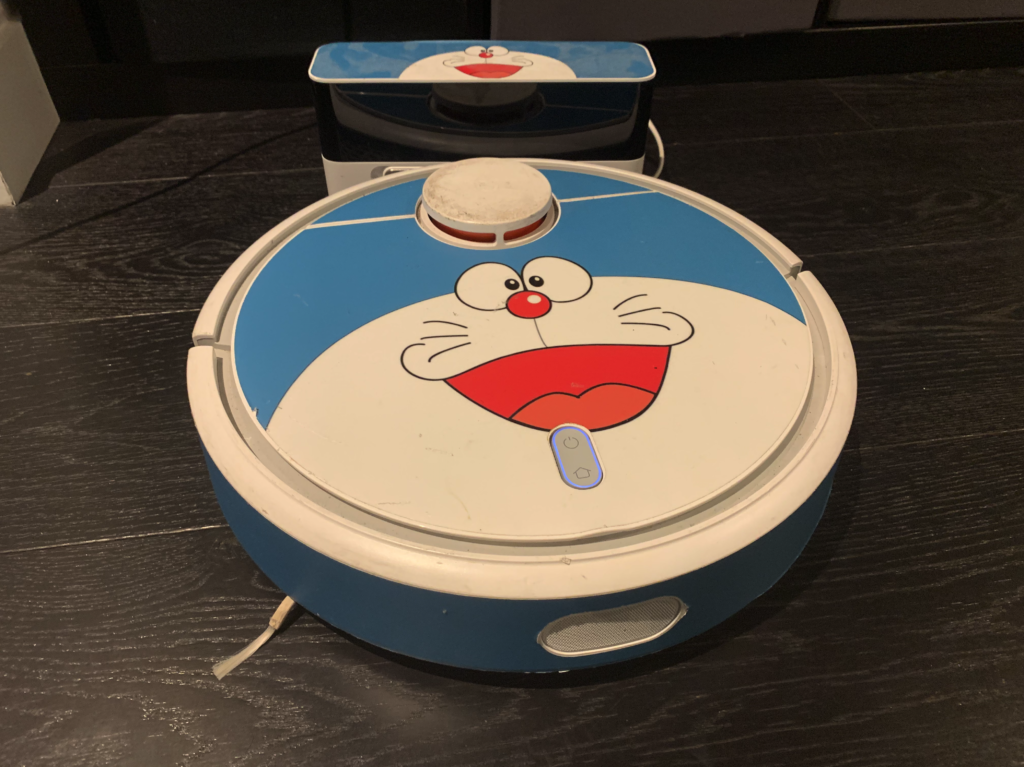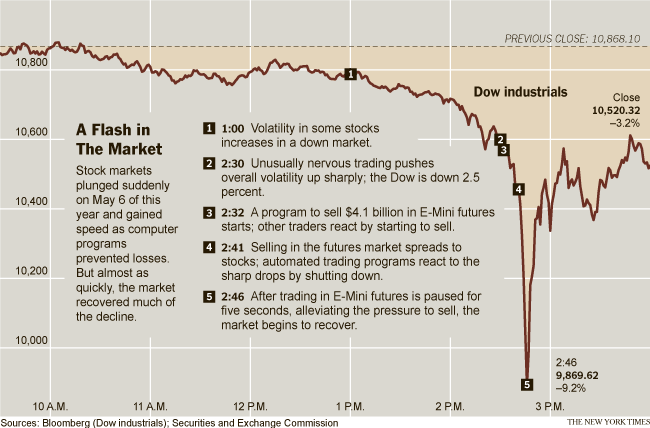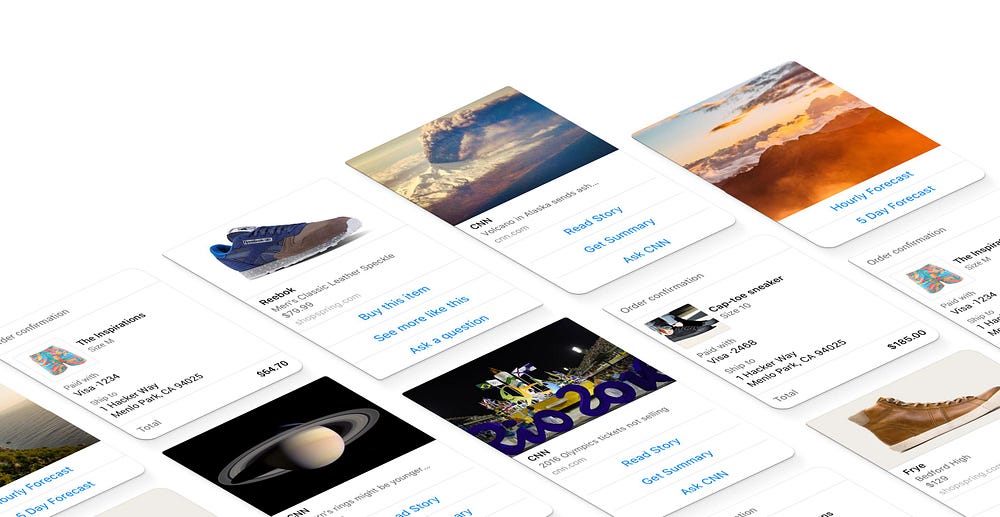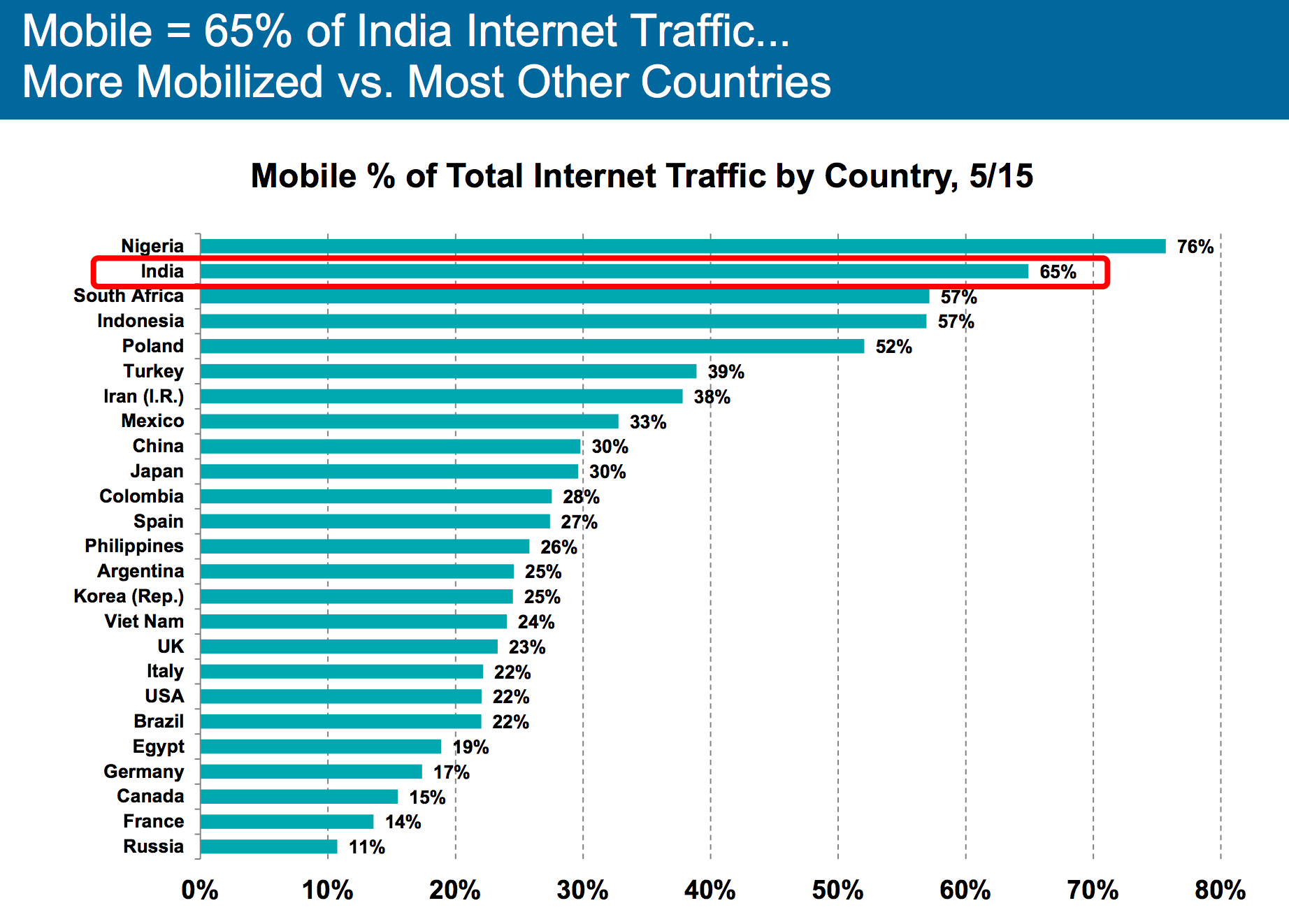Introduction
Imagine a world where a company operates entirely without human intervention. Not just automated processes but an AI that ideates, builds, markets, and sells—all while optimizing itself. Sounds like science fiction? Think again. This shift is closer than we imagine, and it challenges everything we know about businesses and entrepreneurship.
I often find myself fascinated by how AI can take over repetitive tasks. Just the other day, I was playing around with automating content creation, and I thought, “What if an AI could take this further and build an entire company on its own?” That’s what we’re diving into today—the emergence of fully AI-powered enterprises.
The Rise of AI-Driven Companies
The world is already seeing companies with minimal human involvement reaching incredible valuations. Take WhatsApp, which had only 26 employees when it was acquired for $16 billion. Now, imagine if AI could handle everything—making human involvement optional rather than necessary.
The AI Company Framework
A true AI-powered company wouldn’t just replace human tasks; it would redefine them. Here’s a breakdown of how such a company would function:
1. AI-Powered Product Ideation & Market Research
- AI scans global trends, social media, and customer pain points to identify emerging business opportunities.
- It formulates problem statements and validates them against real-world data.
- Automated competitor analysis provides instant insights into market gaps.
🚀 Think of an AI that wakes up every morning, reads market signals, and suggests five new product ideas before you even finish your first cup of coffee.
2. Automated Product Development
- AI generates technical specifications and architecture.
- Code is written, tested, and deployed with minimal to no human intervention.
- AI continuously improves the software based on user interactions.
💡 We’ve already seen early signs of this with no-code and low-code tools—what happens when AI takes it a step further and codes entire platforms?
3. Self-Managing Infrastructure
- AI provisions cloud resources, optimizes server loads, and scales dynamically.
- Security threats are detected and neutralized automatically.
- AI registers domains, configures hosting, and manages uptime.
⚙️ Imagine a business where an AI handles everything—while you sit back and watch.
4. AI-Driven Growth & Marketing
- AI writes blog posts, creates social media content, and generates SEO-optimized articles.
- It personalizes marketing campaigns based on behavioral data.
- AI-driven analytics continuously refine sales strategies.
📈 If you could have an AI growth strategist working 24/7, tweaking campaigns and A/B testing messages in real-time, why would you need a traditional marketing team?
5. Customer Interaction & Support
- AI chatbots handle queries, support, and onboarding.
- Sentiment analysis ensures customer issues are resolved proactively.
- AI learns from interactions and personalizes future conversations.
💬 Ever interacted with a chatbot that felt eerily human? Now imagine one that learns and improves daily.
6. AI-Powered Monetization & Revenue Management
- AI seamlessly integrates payment systems and handles invoicing.
- It optimizes pricing based on demand patterns.
- Subscription models, one-time payments, and freemium models are all AI-managed.
💰 What if AI could predict customer spending habits and adjust pricing dynamically?
The Challenge: Making AI Accessible for Non-Tech Users
One major hurdle is that most AI tools today require some level of technical expertise. The real breakthrough will be when AI-driven platforms allow non-technical entrepreneurs to deploy and monetize AI solutions effortlessly.
How Do We Make AI Usable for Everyone?
- AI should allow users to upload a project, and it should handle deployment instantly.
- Authentication, API key management, and billing should be built-in.
- Troubleshooting should be automated with proactive AI-driven fixes.
🎯 Think of a platform where you upload an idea, and AI does the rest—right from product creation to revenue generation.
The Evolution of AI in Business
We are entering the era of One-Person, Billion-Dollar Companies.
📌 Companies like Bolt and other AI startups are already enabling small teams to build high-revenue businesses. The next step? A single-person AI company that scales to millions in revenue with minimal human involvement.
Case in Point: WhatsApp was built by 26 people and sold for $16 billion. With AI, what’s stopping a single entrepreneur from creating a $1 billion AI-powered business?
The Ethical & Security Considerations
With great power comes great responsibility. What happens when an AI company operates entirely without human oversight?
🔐 Security Risks: AI must ensure data privacy and protect against cyber threats.
📜 Ethical Boundaries: AI needs governance frameworks to prevent misuse.
🚧 Avoiding Unintended Consequences: AI shouldn’t inadvertently cause economic disruption by eliminating too many jobs too quickly.
The Road Ahead
AI isn’t just transforming businesses—it’s redefining them. The future of a 100% AI company is not just a possibility; it is an inevitability.
👀 Vision: The emergence of AI-driven companies will force us to rethink entrepreneurship itself. The concept of a “company” may evolve from a team of employees to an entity where AI is the sole driving force.
Are we ready for this new era? The one-person AI billion-dollar company is no longer a dream—it’s right around the corner.
🚀 Welcome to the future of business—where AI is not just a tool but the CEO, the workforce, and the growth engine.
(content was created with my narration + ChatGPT for structure)









